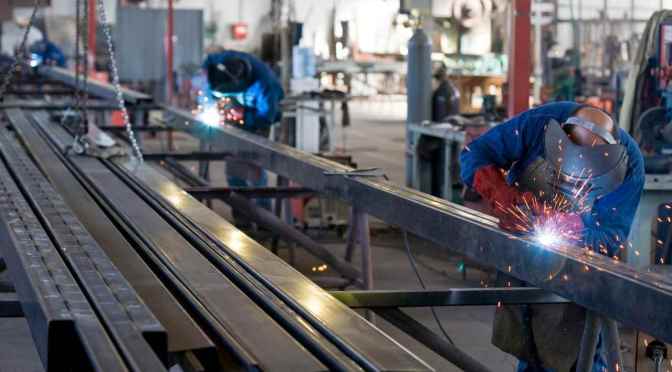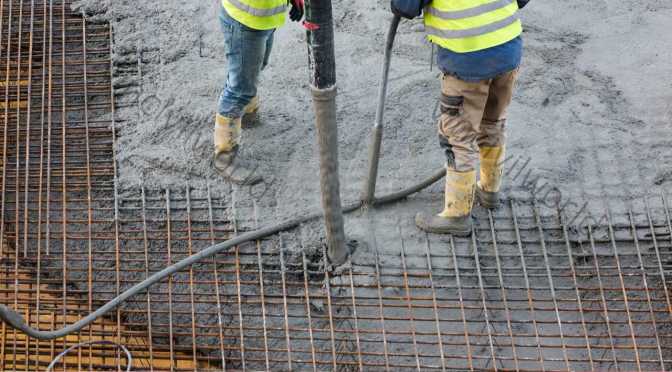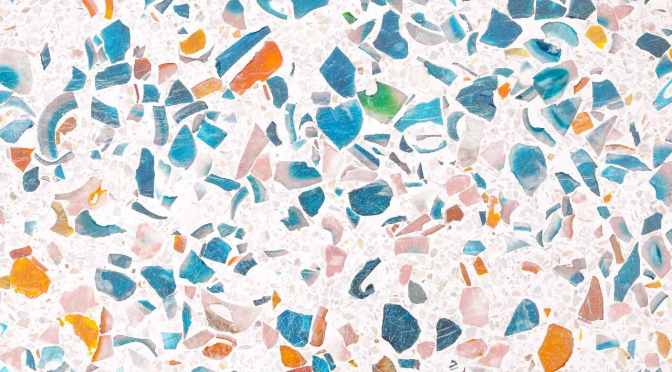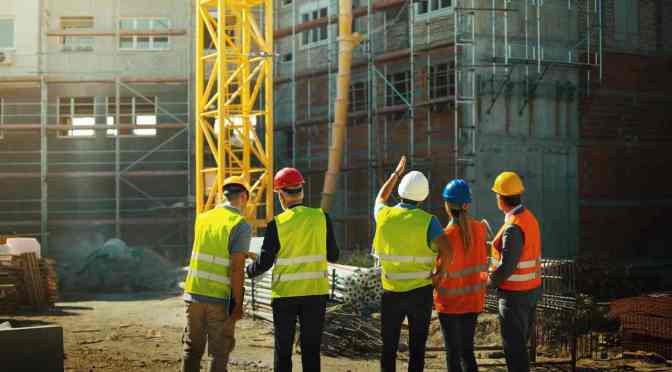Chemical Oxygen Demand (COD) and Total Organic Carbon (TOC) are widely used analysis methods in water treatment plants, petrochemicals and drinking water treatment. In this blog, let me walk you through the analysis of Chemical Oxygen Demand, Total Organic Carbon and its applications.
Let’s get started with Chemical Oxygen Demand.
- What is Chemical Oxygen Demand?
- Why COD and TOC are important
- Significance of COD/TOC Ratio
- Chemical Oxygen Demand Determination
- Total Organic Carbon (TOC)
- What does TOC Analyse?
What is Chemical Oxygen Demand?
Chemical Oxygen Demand is the amount of oxygen required to oxidise all the biodegradable and non-biodegradable organic matter. It evaluates all chemically oxidizable components present in a given wastewater sample. It can be directly linked to the effluent’s actual oxygen requirement on releasing into the environment. Total Organic Carbon testing, in addition to Chemical Oxygen Demand, provides us with a better understanding of a waste stream’s true organic load.
Why COD and TOC are important
COD (Chemical Oxygen Demand) and TOC (Total Organic Carbon) analysis play a vital role in keeping our waterways safe and healthy. By measuring the levels of organic pollution in water and wastewater, these tests help us monitor water quality, evaluate the efficiency of treatment processes, and ensure that we’re meeting environmental regulations. Ultimately, they safeguard our well-being and the delicate balance of aquatic ecosystems.
Significance of COD/TOC Ratio
- The COD/TOC ratio is a useful tool for assessing the biotreatability of wastewater treatment.
- At a given point in the wastewater treatment process, the ratio of COD to TOC provides insight into the nature of organic wastewater constituents present.
- A high COD/TOC ratio indicates easily oxidisable organic molecules like alcohols.
- Ratios in the range of 0.8 or higher indicate wastes with a high biochemical treatment potential.
- Lower ratios indicate that the wastes are not amenable to biochemical treatment.
- The amount of oxygen required as measured by the COD value may change during wastewater treatment, but the carbon concentration as measured by the TOC value does not.
- As the COD/TOC ratio of wastewater decreases during treatment, it means that the organic compounds are undergoing oxidation and the treatment plant is functioning smoothly.
Also read : Wastewater Treatment- Stages and Process full details
Chemical Oxygen Demand Determination
The COD determination is similar to the BOD determination in the fact that both methods use titration. The basic principle of the COD test is that a strong oxidizing agent can fully oxidize almost all organic compounds to carbon dioxide under acidic conditions.
The best choice would be potassium dichromate which is a strong oxidizing agent under acidic conditions. The addition of sulfuric acid creates acidic conditions for titration. Usually, we use a 0.25 N solution of potassium dichromate for COD determination. However, for samples of COD below 50 mg/L, we use a lower concentration of potassium dichromate.
During the oxidation of the organic substances found in the water sample, potassium dichromate undergoes reduction and forms Cr3+. After the completion of the oxidation reaction, the amount of Cr3+ gives an indirect measure of the organic contents in the water sample.
Procedure for Chemical Oxygen Demand
- Pipette out 50 ml of the wastewater sample into a flat bottom Erlenmeyer flask.
- Gently add HgSO4 and 5 mL of sulfuric acid. Swirl the flask continuously until all the mercuric sulfate has dissolved.
- Now, add 25.0 mL of 0.25N potassium dichromate.
- Carefully add 70 mL of previously prepared sulfuric acid-silver sulfate solution and gently swirl until the solution is thoroughly mixed.
- Add glass beads to the refluxing mixture to prevent bumping.
- Heat the mixture under total reflux conditions for 2 hours.
- Cool down the mixture to room temperature and titrate it with standard ferrous ammonium sulfate along with 10 drops of ferroin indicator.
- The end-point of titration is a sharp colour change from blue-green to reddish-brown.
- Run a blank, with 50 mL of distilled water in place of the sample along with all reagents and subsequent treatment.
COD in mg/l = [(A-B)*M*8000]/sample volume in ml
A = Volume (ml) of Ferrous Ammonium Sulphate used for blank.
B = Volume (ml) of Ferrous Ammonium Sulphate used for sample
M = Molarity of Ferrous Ammponium Sulphate
8000 = milliequivalent weight of oxygen * 1000 ml/L
The COD test doesn’t differentiate between biodegradable and non-biodegradable organic materials. It gives a measure of total oxidisable organic materials in the sample. Therefore, we get higher values of COD than BOD for the same sample. Dichromate oxidises the chlorides and nitrites present in the sample. They create an inorganic COD and generates error in the COD determination.
Chemical Oxygen Demand Testing Advantages
- COD is ideal for checking treatment plant performance and water quality regularly.
- In comparison to the 5-day BOD test, COD testing is more accurate and has a shorter analysis period (2-hour digesting time).
- Toxic elements in the sample do not affect the COD oxidant.
- Changes in COD between influent and effluent may be correlated with BOD content and can be used to augment BOD data.
Chemical Oxygen Demand Testing Limitations
- The COD technique does not completely oxidise some organic molecules.
- Chloride ions might cause interference in COD measurements.
Now you got a clear idea about COD determination. Let’s move on to Total Organic Carbon Analysis.
Total Organic Carbon (TOC)
Total Organic Carbon refers to the total amount of organic carbon (including elemental carbon) bound to dissolved or suspended organic substances in water. It is a non-specific indicator of water quality or cleanliness of pharmaceutical manufacturing equipment.
What does TOC Analyse?
The basic principle behind the Total Organic Carbon test is the oxidation of the carbon in the organic matter to carbon dioxide. After that, a non-dispersive infrared analyzer measures the amount of CO2. The amount of CO2 evolved gives a measure of the carbon content in the sample. Further stoichiometric calculations based on the method employed gives the amount of TOC.
TOC analysis measures the following:
- Total carbon (TC)
- Inorganic carbon (IC)
- Total organic carbon (TOC)
- Purgeable organic carbon (POC)
- Nonpurgeable organic carbon (NPOC)
TOC analysis measures Total Carbon and Inorganic Carbon. Then we subtract the Inorganic Carbon (IC) from Total Carbon (TC) to find the Total Organic Carbon. This is the TC-IC method.
According to the TC-TIC method, TOC = TC -T IC
TIC-NPOC method employs acidification of the sample to evolve carbon dioxide. It gives the measure of inorganic carbon (IC) and then oxidation of sample and measurement of the remaining non-purgeable organic carbon (NPOC).
Oxidation Methods
We have a variety of oxidation and detection methods to find out the TOC. Let me show a few of them:
- High-temperature combustion at 1,200 °C in an oxygen-rich atmosphere. The CO2 passes through scrubber tubes to remove interferences. After that, non-dispersive infrared absorption (NDIR) gives the amount of CO2.
- High-temperature catalytic oxidation at 680 °C in an oxygen-rich environment inside tubes filled with a platinum catalyst and then NDIR.
- Thermochemical oxidation in the presence of heat and a chemical oxidizer, usually a persulphate.
- Photochemical oxidation in the presence of UV and a chemical oxidizer like persulphate.
- Photo-oxidation by ultra-violet (UV) light alone or with a catalyst. In a UV-irradiated chamber, combine sample with persulfate to convert organics to carbon dioxide. The UV oxidation method offers the most reliable, low maintenance method of determining TOC in ultra-pure waters.
Accurate detection and quantification are very crucial to get accurate results in TOC analysis. The most commonly used methods include conductivity and non-dispersive infrared (NDIR).
TOC Applications
- In oil exploration, the initial chemical study on a prospective petroleum source rock is TOC.
- TOC helps in detecting pollutants in drinking water, cooling water, semiconductor production water, and pharmaceutical-grade water.
- It finds applications in controlling the release of organic chemicals into the environment at a production facility.
- Furthermore, a low TOC can demonstrate the absence of potentially dangerous organic compounds in pharmaceutical manufacturing water.
- Because of the byproducts, TOC is also of importance in the field of drinking water treatment.
That’s it about the analysis of Chemical Oxygen Demand and Total Organic Carbon. Hope you found it informative. Let us know your queries in the comments section.





















